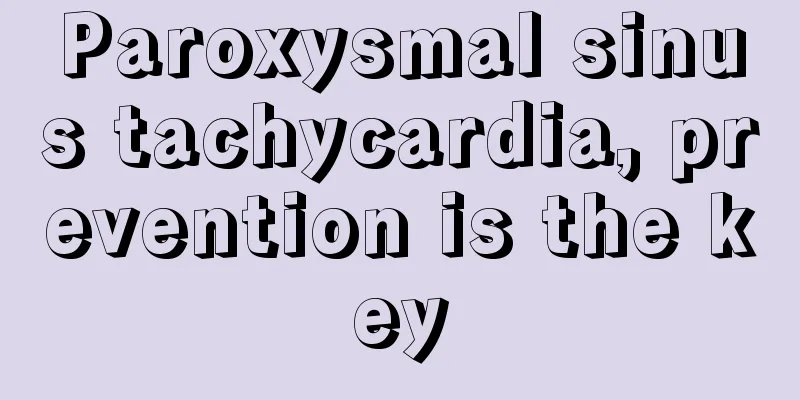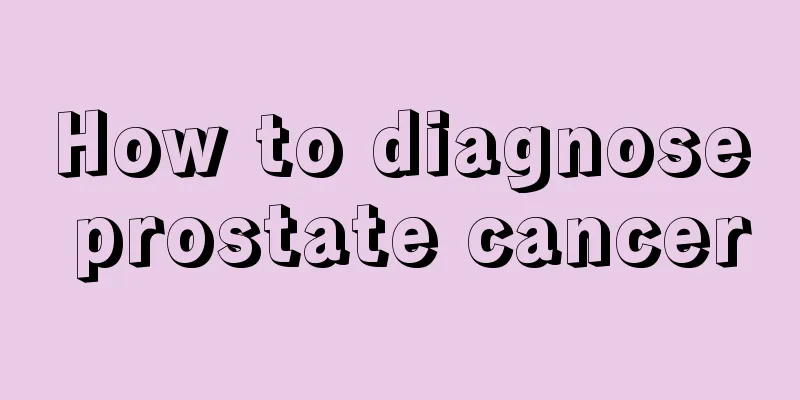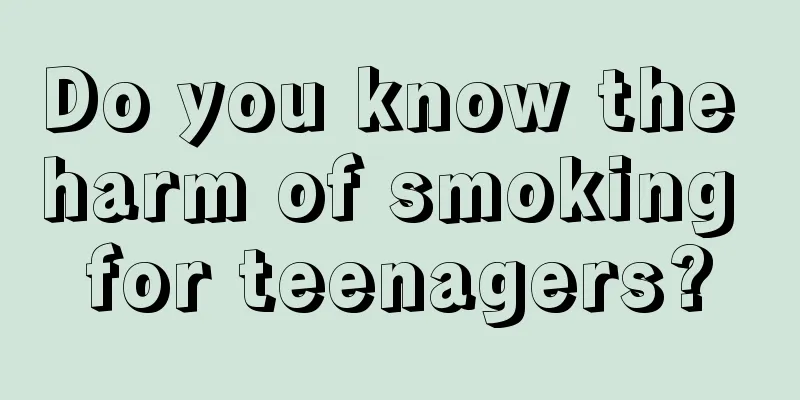Paroxysmal sinus tachycardia, prevention is the key

|
Paroxysmal sinus tachycardia is a non-sustained disease that occurs mostly in the elderly, and is more common in men than in women. Once the disease strikes, it is rather sudden and without any warning signs. Patients often experience symptoms such as palpitations, shortness of breath, dizziness, and chest tightness. 1. Causes It mostly occurs in elderly patients with organic heart disease. It is common in patients with sick sinus syndrome and coronary heart disease, and can also be seen in cardiomyopathy, rheumatic heart disease, hypertensive heart disease, congenital heart disease, cor pulmonale, etc. Single or double sinoatrial node reentry also often occurs in the above diseases. 2. Clinical manifestations This disease can occur at any age, but is most common between 40 and 60 years old. It is common in the elderly, with more cases in men, accounting for about 60%. Tachycardia attacks are paroxysmal, that is, they occur suddenly and end suddenly. The duration of each attack varies, from a few seconds to a few hours. During an attack, the heart rate is 100-200 beats/min, most of which are 100-130 beats/min, with an average of 130 beats/min. The symptoms during an attack depend on the heart rate, duration and underlying heart disease, and are mostly accompanied by palpitations, shortness of breath, chest tightness and dizziness. Only a few may be accompanied by hemodynamic disorders. Tachycardia is often induced by emotional excitement, tension, exercise, etc., and in some cases there is no obvious cause. The frequency of attacks may increase year by year, and the duration of attacks tends to gradually prolong with the course of the disease. 3. Prevention 1. During chronic treatment, drug therapy may control relapses by directly acting on the reentry circuit. Indications for drug treatment include patients whose attacks are frequent, affect their normal life or whose symptoms are severe but who are unwilling or unable to undergo catheter radiofrequency ablation. Patients with occasional, brief, or mild tachycardia episodes may not need medication, or may be given medication when necessary. 2. Avoid mental stress and excessive fatigue, maintain a regular life, daily routine, be optimistic and have a stable mood, which can reduce the recurrence of the disease. 3. Avoid spicy and irritating foods; quit smoking, drinking and drinking coffee; eat light food. |
<<: What is going on when the fingernails and flesh separate?
>>: How to treat supraventricular tachycardia, four methods can help you
Recommend
How to remove floor tile penetration stains
Ceramic tiles are the most important material for...
What causes acne on the right chin
Acne on the right chin generally belongs to the c...
What to do if you are stung by a blue moth
As a person from Northeast China, I like winter v...
Common symptoms of gallbladder cancer
Most people may be familiar with gallbladder canc...
The best time to treat coffee spots, four tips to tell you
The treatment of coffee spots cannot be delayed. ...
What is the reason for pain under the left ribs?
The common causes of pain under the left ribs are...
How to whiten yellow teeth
Nowadays, people pay more and more attention to t...
How to clean shells
In summer, people prefer to go to the beach to pl...
What are the misunderstandings about cervical cancer? How to treat cervical cancer
I believe that many people know about cervical ca...
8 health warnings to stay away from sub-health
However, it is difficult for our bodies to withst...
What are the precautions for checking mean corpuscular volume
The mean corpuscular volume test is mainly used i...
Intracranial hemangiopericytoma
I believe that when everyone hears that a tumor h...
What are the side effects of chia seeds? Excessive consumption can easily lead to prostate cancer
Chia seeds play a very important role in helping ...
What are the precautions for lung puncture biopsy
Puncture biopsy is a common method for tumor diag...
The most authentic five-spice powder recipe
Five-spice powder is a seasoning formula unique t...









